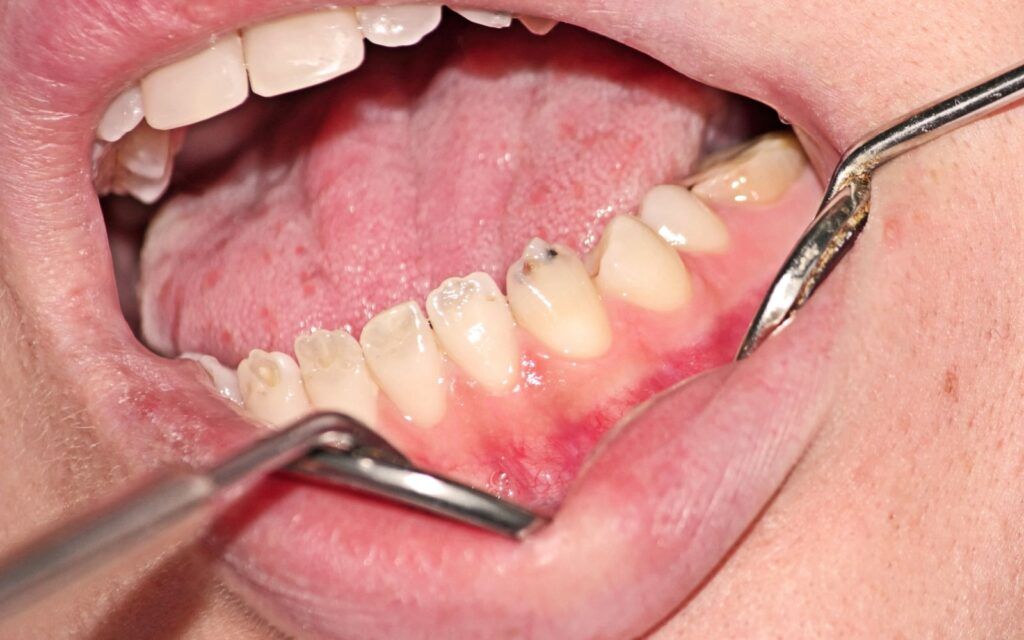While tooth decay and gum disease are among the most commonly known diseases affecting people’s oral health, some face other coexisting oral health conditions that create significant challenges. One of those diseases is Dentinogenesis Imperfecta, a genetic disorder affecting approximately 1 in 7,000 people annually. It’s important to increase awareness of genetic conditions such as DI, so we’re here to provide information on what it is, its symptoms, what causes it to develop, and available treatment options.
What is Dentinogenesis Imperfecta? How Does it Impact Your Oral Health?
Dentinogenesis Imperfecta is a genetic mutation that causes disruptions in the formation of dentin, or the second tooth layer responsible for protecting the inner tooth pulp. As a genetic condition, it stems from the DSPP gene, which is responsible for dentin formation. The mutation causes the dentin to become weaker, and it can be inherited from either parent or occur spontaneously without any previous family history of the disorder.
When dentists encounter this condition, it can be classified into three types:
- Type I: This type is seen in those who also have osteogenesis imperfecta, a genetic condition that causes the bones to become brittle and break easily.
- Type II: Type II is considered the most common type. It occurs without any underlying genetic condition and often results from age-related issues such as hearing loss or deafness. It most often occurs in older populations.
- Type III: While type III isn’t a highly recognized classification, it does appear in specific studies in people who don’t have any hereditary conditions affecting their health.
One of the most prominent symptoms of Dentinogenesis Imperfecta is dentin deterioration, which results in tooth discoloration. This causes the dentin to appear translucent and the external tooth to appear either bluish-gray or yellowish-brown in hue. In addition to this, the teeth will often appear bulbous in shape and show signs of enamel wear, which increases the risk of tooth decay and breakage.
While there is no cure for Dentinogenesis imperfecta, many dentists can provide treatments to help protect the teeth from further damage and help restore your smile. Some available treatment options that can be used to manage the condition include:
- Fluoride Treatments: Getting regular checkups can help your dentist keep track of the ways your teeth are being managed and offer fluoride treatments as a way to manage and protect the enamel and dentin from further damage.
- Crowns and Veneers: When there is significant enamel and dentin damage, but the tooth pulp is still healthy and intact, your dentist can provide restorative treatments such as crowns, bonding, and veneers to protect your teeth.
- Implants and Dentures: When the tooth pulp is damaged and infected due to the degradation of the dentin, then your dentist can provide tooth extractions and provide implants, dentures, or bridges to restore your smile.
Schedule an Appointment with Smile Solutions Today
Managing genetic conditions like Dentinogenesis Imperfecta can pose significant challenges, but our team at Smile Solutions is here to help with care and support. Led by Dr. Robert Berg, we are proud to help patients throughout our community in Garden City South, NY. Call us at (516) 872-8780 to schedule an appointment to learn more about our services.


